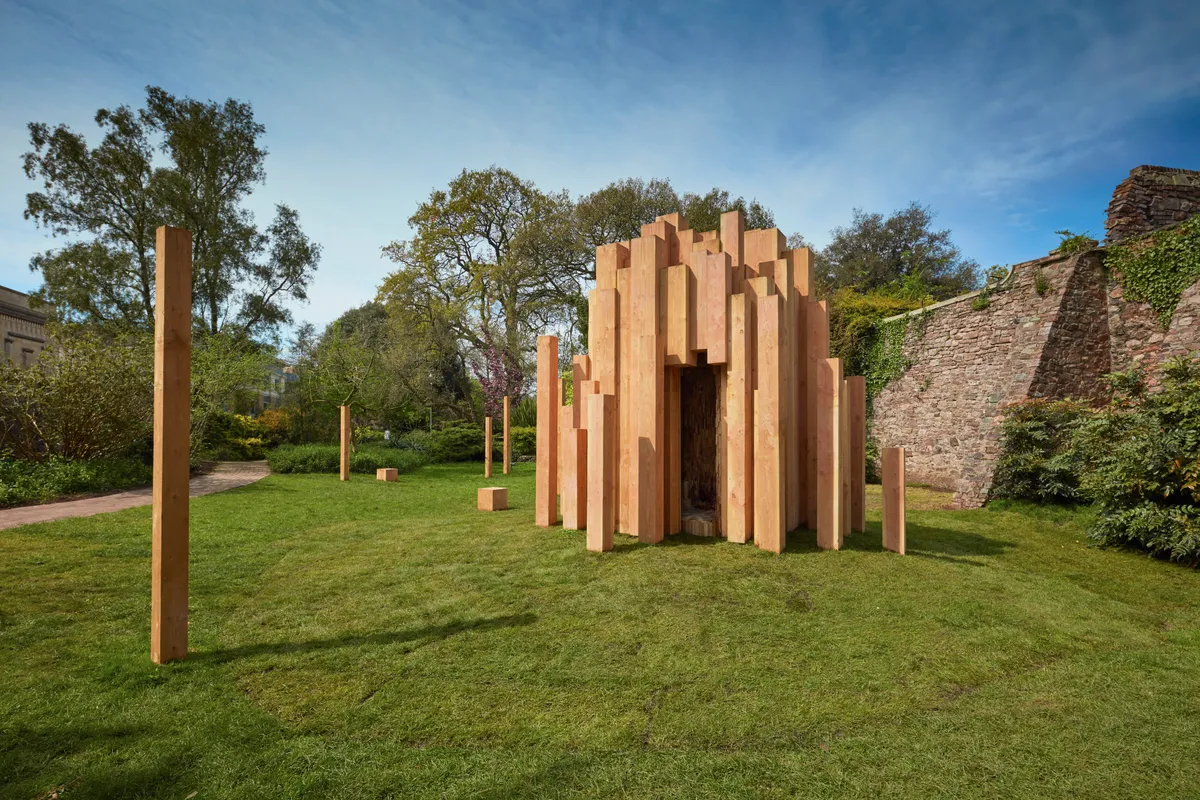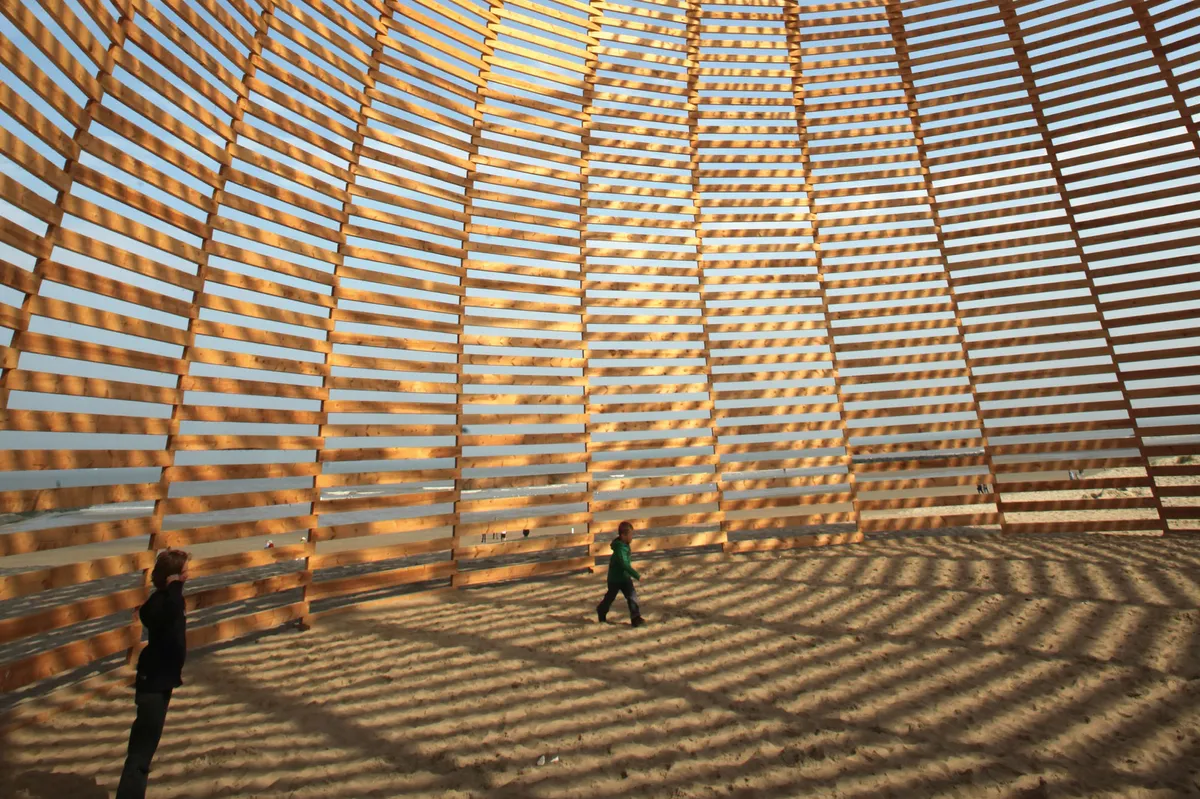Follies started appearing in gardens during the 17th century and, at the beginning, a folly was simply the remains of a previous building that just so happened to be loitering picturesquely in the grounds of large estates. Homeowners who envied the crumbling relics in their neighbour’s parkland then started building their own. The term ‘folly’ came to mean a building that has no particular purpose beyond looking good in the landscape: a sort of architectural Kardashian. They manifested themselves in many forms: a tumbledown dairy here, a ruined chapel there, possibly a glimpse of a turreted roofline through the trees, a crumbling bothy or a mausoleum. In fact, any old whim or fancy was fine.
Many of these historic follies still remain and continue to give great pleasure: for example, the gardens of Stowe House in Buckinghamshire are scattered with temples and monuments, while Painshill Park in Surrey has a pretty, complete set of follies (including a tower, a hermitage, a Turkish tent, a grotto and a Roman temple). The Europeans were also enthusiastic – Marie Antoinette had a farm at Versailles (where she used to trip around dressed as a saucy milkmaid), and Charles Theodore, the Elector of the Palatinate, had an ornamental mosque built in his garden at Schwetzingen Palace in Germany.
What does it take to make a folly?
1
They can be garden sheds
Most of us neither have the space nor the planning permission for a folly. However, we can continue the tradition in our own way with sheds – tool sheds, potting sheds, chicken sheds, storage sheds or garden offices – as there is no reason why these buildings should not be dual purpose. If you are going to go to the effort of creating a structure, the least you can do is put it in a good place and make it worth looking at.
2
They don't need to be warm or windproof
They are just the place for experimental helical roofs or teetering pillars as thin as spider legs.
3
You can make them out of all sorts of things
We have one huge advantage over our predecessors: technology. It is possible for us to make things of which they could only dream – I made a grotto of rubber and chains for a television programme once, which was a folly in many senses of the word.
4
Above all, it should be enjoyable
It would be sad if we allowed whimsy in our gardens to perish. Long live beauty without obvious purpose. Long live the folly.
The folly: some examples of the whimsical garden structure
Notable landmark

The Broadway Tower, which sits on the edge of the Cotswolds, was the brainchild of our old chum ‘Capability’ Brown and built by the architect James Wyatt. It is visible as an eye-catcher from miles away and, from its top, provides spectacular views across many counties. Described as ‘Saxon’, it features a conglomeration of battlements, gargoyles, balconies and turrets. William Morris and Edward Burne-Jones used to holiday here.
Deep meaning

Ten thousand pieces of ten thousand trees make up this folly by Katie Paterson with the architects Zeller & Moye. She has trawled the globe to gather together a miniature forest of samples from the world’s trees, including the banyan tree under which the Buddha sat, and the ginkgo that survived Hiroshima.
Temporary delight

No one said follies had to be permanent: this is an intricate construction of timber and air, more sculpture than shelter, by British artist Aeneas Wilder. He has created several similar installations across Europe.
Bridging the gap
Dunsborough Park near Ripley in Surrey has a particularly handsome folly-cum-bridge combo – dual purpose is the way to go. It is beautifully placed at the bottom of a series of cascading ponds that culminate at Ockham Mill Stream. The folly was built just before the Second World War by the architect W Braxton Sinclair.
Animal houses
If you were a sure-footed goat used to skipping along precipices and leaping ridges then you might be a tad bored confined to the rolling fields of Britain. Not the goats at Cholmondeley Castle in Cheshire, though, as they have their own folly with a suitably precarious outside staircase provided for them. This is a noble tradition of building architecturally distinguished animal houses. There is, for example, a two-storey tortoise house in the grounds of Wotton House in Surrey and a pigsty based on the lines of a Grecian temple in Yorkshire (now a Landmark Trust holiday let).
Further reading
Contemporary Follies by Keith Moskow and Robert Linn (Monacelli Press, 2012). Follies of Europe: Architectural Extravaganzas by Caroline Holmes (Garden Art Press, 2008).
Follies: Fabulous, Fanciful and Frivolous Buildings by Gwyn Headley (National Trust Books, 2012).
Useful information
The Folly Fellowship was founded in 1988 to promote ‘follies, grottoes and garden buildings’. follies.org.uk
The Painswick Rococo Garden in Gloucestershire has a collection of follies. Open from January to October. rococogarden.org.uk